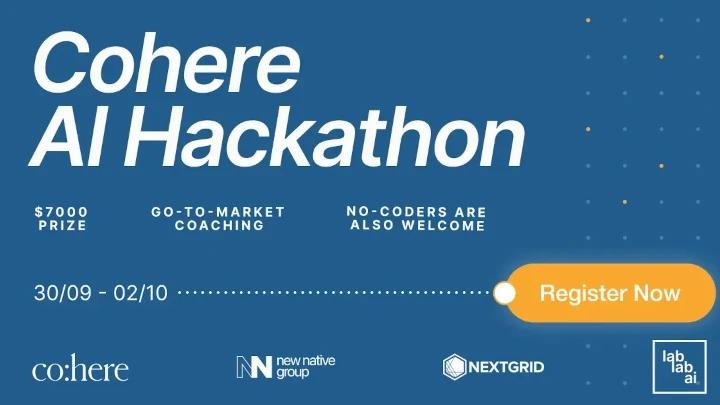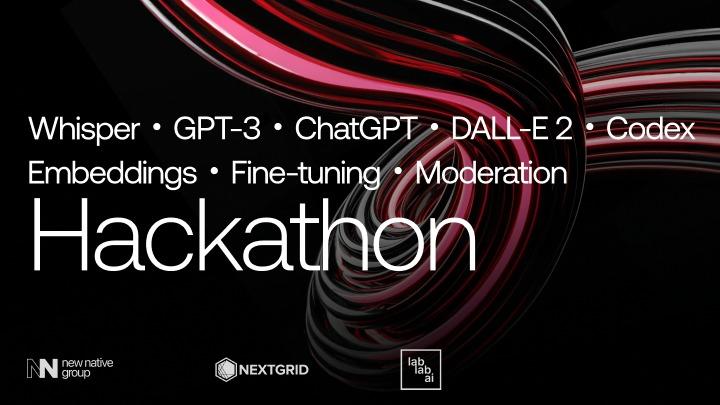🤓 Latest Submissions

BridgeDoc
https://krusnabalar-bridgedoc-frontendsrcmydoc-jwe73t.streamlitapp.com/ INSPIRATION: When was the last time you had an uncomfortable sensation that you didn’t know how to describe? You look it up on google, WebMD and ask onreddit, but find yourself just as uninformed and even more stressed than before. You end up calling a clinic or hospital to speak with a doctor, and find yourself having to wait a week until the next available appointment. The general public is not trained to be aware of and describe the symptoms they might be going through. The way we describe our sensations can vary enormously, often we use idioms and other figures of speech. The stress and struggle of being unable to understand our body’s pain can be frustrating. Even in speaking with doctors, there’s often misunderstandings, and a lot of back and forth, until the doctor can finally understand the patient’s symptoms. In the field of medicine and healthcare, that kind of subjectivity and unpredictability can be dangerous, inefficient, and costly. That got our team to wonder: What if there’s a way to effectively predict a patient’s symptoms based on their own description in a fraction of the time at no cost to the patient? BMJ Journal published a study which performed research on clinical text to extract mental health symptoms and using a classification NLP model, citing the automatability of the symptom detection process as being a credible way to approach this issue. SOLUTION: Introducting BridgeDoc, the tool that doctors and the general public can use to understand and identify their symptoms and diseases. BridgeDoc will use classification tools provided by co:here to detect and identify the specific symptoms, for the knowledge of the doctor, and possible disease diagnoses, for the knowledge of the doctor and the patient. It will allow an ease of communication between a doctor, clinic, or hospital with the patients by using a model trained with colloquial descriptions of symptoms to identify the likelihood of the patient’s symptoms. COMPETITIVE ADVANTAGE: Companies like WebMD, Mayo Clinic, DearDoc, Mercury Healthcare all lack a way to enhance user inquiry and streamline the communication between doctors and patients. BridgeDoc equips users and medical businesses to prevent the struggle and misunderstandings involved in translating a patient’s description of their issue and the doctor’s knowledge of what exactly those symptoms are, helping them efficiently pin point the most likely solutions. This has not been used in a professional medical sense for patients and can help edge over competitors in a significant way with a high quality symptom prediction model. REVENUE AND EXPENSES: There are two B2B (doctors, hospitals) and B2C (online website clients) solution that BridgeDoc provides. B2B solutions will be provided initially per user at a contract price based on the user report and needs of the doctor/hospital. B2C users will have free access. Expenses will be website hosting when moved to a different website that is more customized, as well as to access data that is more reliable by finding methods to get a secure access to it. Research expenses for improving model prediction will also be there. KEY METRICS: We will track the following key metrics Growth: number of doctor contracts acquired per month, number of users accessing website Engagement: use tools like Hotjar to track website interaction (user remains anonymous), track number of searches made per user Marketing: to measure success for our marketing efforts, we will evaluate cost per acquisition, cost per clicks, and understanding the trends in impression to generate better marketing assets iteratively. We will also research marketing tacics of companies like Zocdoc who created an industry tool used by doctors. Product: we will track and receive product feedback dynamically using tools like hotjar to understand user engagement with the product (what parts of the website are being used, how long they spend on the website, etc. HOW WE BUILT IT: We built everything with python. Using jupyter notebooks we tested out co:here’s endpoints, integrated them into the boilerplate provided by LabLab and co:here. The app is deployed using streamlit. Data was collected from various tools such as reddit and google search scrapers, forums. To reach co:here’s requirement for a minimum of 250 examples to train the classify model, due to scarcity of data, we used co:here’s generate tool to build more examples by fine-tuning the model and using specific input phrases that generate reliable results. WHAT'S NEXT FOR BRIDGEDOC We would love to see BridgeDoc to be a standalone tool that can be integrated with online tools for clinics and doctors with private practices, as well as hospital which often deal with issues of patient capacity limits, to automate the report creation by listing possible symptoms and diagnoses automatically. This would require adding a co:here-trained chat-bot that can extract the information from the user in a friendly, secure, and reliable way, similar to how a doctor might on the phone, and produce a report based on the user’s profile (gender, age, previous conditions, etc.) to improve the symptom and disease prediction. Additionally, we leveraged insights from our mentor Ervin, and the “How to get funding from your startup” workshop by Pawel Czech and Mathias Asberg to understand business needs and identify the gaps in what’s currently being offered in our product. It’s important to focus our efforts to specific medical domains to improve accuracy, user retention, and help market and get clients. And the user base can expand by changing the architecture of our model to have a bigger tool that operates like the following: Take input from user and classify what medical domain the query is in. Based on the prediction confidence levels, use the top medical domains and send the user input to specialized classify models trained for the specific domain. Get top predictions from those results of the symptoms as well as the disease. This does not narrow down the user base, and more importantly, it provides improved symptom prediction and more reliable results.
2 Oct 2022
.png&w=828&q=75)
Connect AI
ConnectAI is an AI companion powered by GPT, capable of long complex conversations, but most importantly, able to pair people based on the conversations they're having, the goal of our matchmaking is to go beyond simple recommendations and actually find someone real you can talk with, the same way you would talk with your companion, with the same likings, forms of speaking, and interests as you, the goal is to transition from an artificial conversation to a real one as smoothly as possible! We believe AI can provide lots of support to people, from simply asking how was the newest marvel movie, to dealing with complex feelings, but we don't wanna stop there, we wanna bring those feelings to the real world. We wanna make artificial connections Real.
4 Mar 2023
.png&w=256&q=75)
.png&w=640&q=75)
.png&w=640&q=75)
.png&w=640&q=75)



